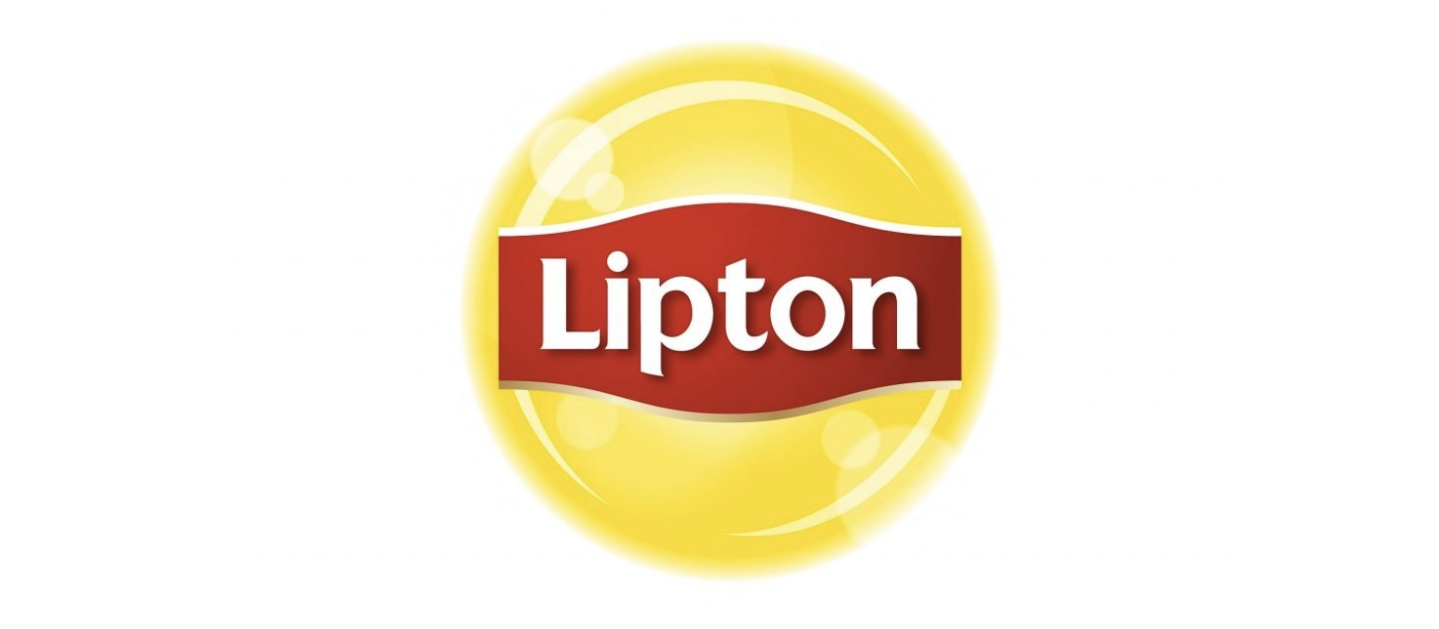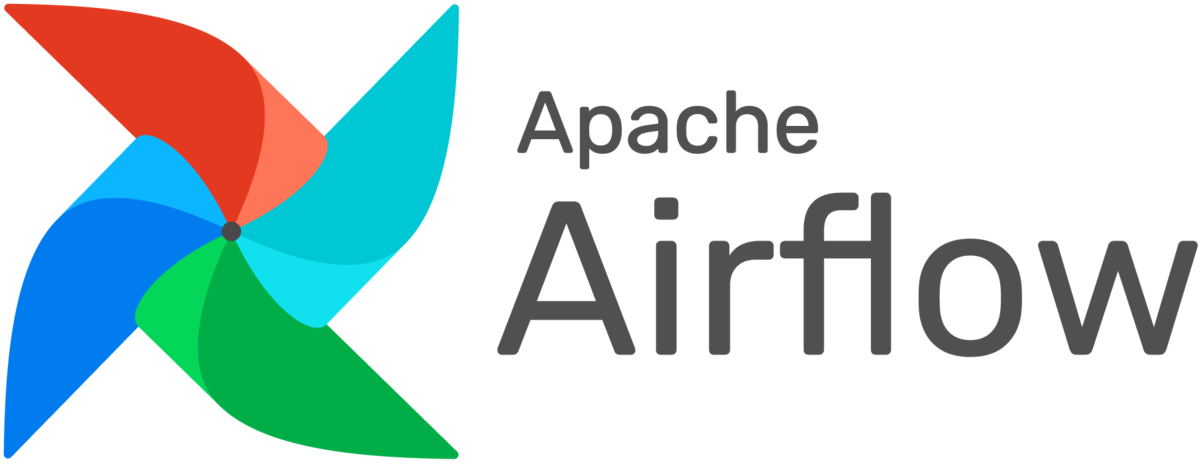In the bustling streets of Glasgow, Scotland, in the 1870s, a young, ambitious entrepreneur named Sir Thomas Lipton had a vision—to make tea, once a luxury for the elite, accessible to everyone. Little did he know that his dream would evolve into a global tea empire that would redefine the industry for generations to come.

The Humble Beginnings
Thomas Lipton, born in 1848 to Irish immigrant parents, was no stranger to hard work. At the age of 15, he sailed to the United States, where he took up various jobs, including working in a grocery store. Observing the efficiency of American retail operations, he returned to Scotland with a dream of revolutionizing the food trade.
In 1871, at the age of 23, Lipton opened his first grocery store in Glasgow. He marketed his store as offering “the best goods at the cheapest prices,” a philosophy that won the hearts of working-class families. His business grew rapidly, and by the 1880s, he owned over 300 stores across Britain. But Lipton was always thinking bigger.
Read on → Source: Internet
Source: Internet Source: Internet
Source: Internet Source: Internet
Source: Internet Source: Internet
Source: Internet